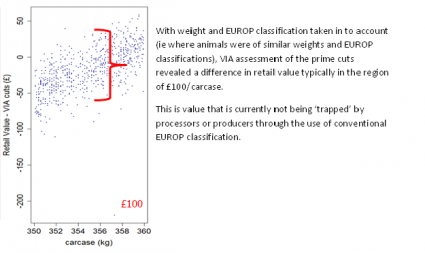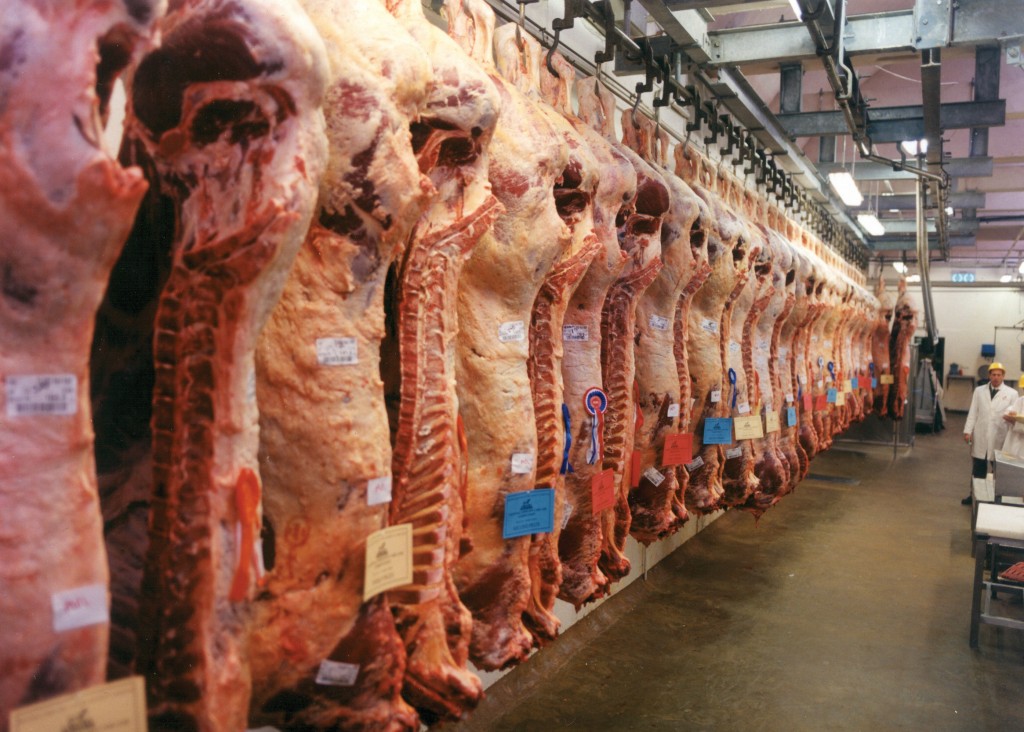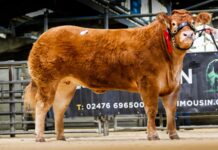In July of this year, AHDB Beef and Lamb issued a call to industry stakeholders for views on the future of carcase classification. “With Brexit right around the corner, this is the perfect time to have an industry-wide discussion to assess the appetite for change in carcase classification and the key industry needs.”
Results are to be analysed in September and a consultation will be launched over the winter, should there be strong industry support for change.
The following is an extract from the response submitted by the British Limousin Cattle Society:
“By way of background the British Limousin Cattle Society (BLCS) comprises just under 3000 pedigree breeder members from across the country. The Limousin breed is the largest numerical beef breed in the UK with Limousin sired cattle amounting to a 28% market share of all BCMS passports annually applied for. Approximately 25% of the UK’s suckler cows are also Limousin sired. As such we welcome the opportunity to outline some general views on carcase classification:
- As noted, the EUROP grid presently provides a common language for the exchange of price information across Europe and at this political moment in time this should not be overlooked in its importance to the United Kingdom for ongoing exports to the EU (potentially its largest trading partner). It is important that the platform and any transitions for trade are made as practical and easy as possible.
- With Government support, the UK industry has made significant progress in new technologies such as VIA (Visual Image Analysis) and related genomic evaluation that have the potential to improve carcase grading, analysis, data led pricing and overall transparency. VIA is based on objective measurements and as such is difficult to calibrate with the present EUROP grid system which is largely subjective and more open to inconsistency. A review of the EUROP system is therefore timely and is an opportunity for it to evolve, improve and support sector-wide issues around the supply and demand of beef.
- VIA provides more precision and accuracy in assessment of meat yield across the whole carcase and within the high priced cuts. From BLCS’s recent work under the TSB project “Utilising Sequence Data and Genomics to Improve Novel Carcase Traits in Beef Cattle” (TSB ref: TP100971) the difference in retail value between EUROP and VIA classified animals was examined across 20,000 Limousin-bred steers. The graph below illustrates a subset of those results:
 It is the view of the BLCS that the availability of this technology in the here-and-now should lead to the introduction of a grading system based on meat yield that captures and rewards true carcase value. Pricing that better rewards a desired product and dis-incentivises a non-desirable product will drive positive change amongst producers. This in turn will secure a more sustainable and consistent supply to processors which is particularly relevant in the face of the ongoing pressure on headage numbers.
It is the view of the BLCS that the availability of this technology in the here-and-now should lead to the introduction of a grading system based on meat yield that captures and rewards true carcase value. Pricing that better rewards a desired product and dis-incentivises a non-desirable product will drive positive change amongst producers. This in turn will secure a more sustainable and consistent supply to processors which is particularly relevant in the face of the ongoing pressure on headage numbers.
- Reference was made to parts of the industry expressing a desire to move some rewards to meat quality. It is our view that a clear and cohesive all-industry definition of ‘meat quality’ would need to be established. Quality could be more meat per carcase, more yield in the high priced cuts, carcase size, fat class and content, shearforce and tenderness. The UK consumer trend is presently well established for leaner and tender beef.
- Industry is represented by a cross-section of processors in terms of size and their ability to adopt new technologies that could bring about change in the ways mentioned above. Government support of smaller processor businesses would perhaps need to be considered, to help them innovate and adopt new technologies that will pull through the wider industry benefits.
- With the new technologies available enhancing carcase classification, the opportunity is there to share all recorded data, meat yield details, and carcase measurements across the supply chain. This would drive improvement and bring benefit to all. There is already good evidence emerging where sector-wide benefits are derived from the sharing of ‘big data’, facilitated by Government’s Strategy for Agricultural Technologies in 2013.
- The RPA has generally been effective in price reporting and should maintain this role at the present time to ensure continuity.
This is an important aspect of Brexit-led change and it is hoped that the outcome of this exercise will lead to more formal, industry-wide consultation. The Society will continue to engage fully in the process and will update on progress. Further details are supplied by AHDB Beef and Lamb on their website: https://beefandlamb.ahdb.org.uk/wp-content/uploads/2017/07/Carcase-Evaluation-.pdf



















